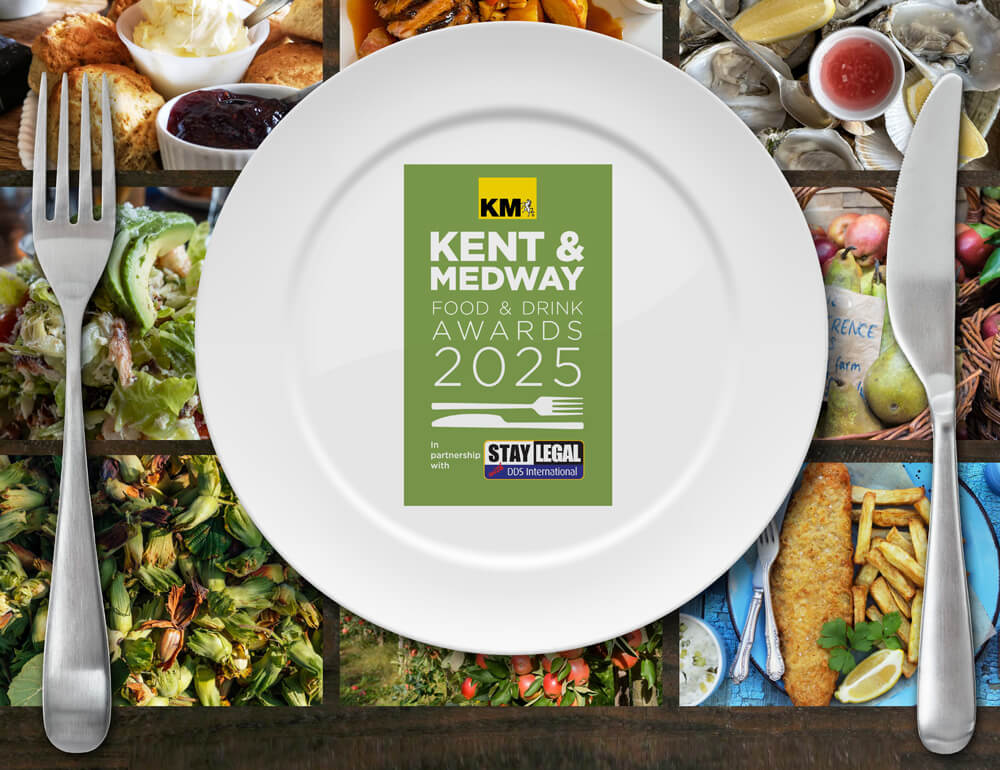Our World of Sport: Climbing with Maidstone Mountaineering club secretary Malcolm Phelps
06:00, 19 February 2021
Maidstone Mountaineering club secretary Malcolm Phelps has been climbing for over 50 years and has scaled mountains right across the country and further afield, charting his many adventures in a book entitled Leading the High Life.
He continues to climb and uses his expertise and passion to attract others to the sport while encouraging them to develop their skills. He tells us all about the sport - one which will hopefully be making its Olympic debut this summer in Tokyo.
IS IT EASY TO GET INTO?
Things have really changed since climbing walls have become so prevalent.
In the old days they would be scattered around and you would be climbing up a wall where someone had chipped out a bit of mortar and you were hanging on by your fingertips.
There are lots of modern ones now and it has really taken off. It’s a way for people to try out the sport and it is very safe.
Anybody who is averagely fit can get up a climbing wall in complete safety and it is an easy way into the sport. Some people never leave the climbing walls and go outside. Once people have been introduced to the climbing walls, the rope work and being safe I see my job then to encourage development of those skills to the outdoors.
I really enjoy encouraging new people coming in and watching them develop and learn to love it.
There has always been a bit of a competitive side. If you can do something well that your partner can’t do there is a bit of smug satisfaction!
It will be interesting to see what happens if we have an Olympics this year.
CLIMBING AT THE OLYMPICS
There are three disciplines: Speed climbing on a preset route on a top rope; Bouldering (short problems without a rope - competitors score by completing the problem in the fewest number of attempts) and lead climbing (roped climbing from the ground up and clipping into bolts on the way). Scores are awarded for how far competitors get.
It will be very interesting to see what happens with regards to participation afterwards.
There was a big burst in Olympic sports after London 2012 and I am sure there will be a lot more people going to the climbing walls after the Olympics.
The big question is whether people will stick to the climbing walls or whether they will actually transfer their skills outdoors and to me that is the big test. I am sure the climbing walls themselves will be more popular and quite crowded. I do enjoy them, I view it as a gym really, but I regard real climbing as outdoors and some people never make the transition. I hope to help them make that transition.
IS IT DANGEROUS?
I have had some twisted ankles and damaged shoulders but nothing more than the normal sport injuries that you tend to get. I haven’t hit the ground or anything like that. Not bad in 50 years.
Sometimes there might be a big ledge below you and you can catch your toe on it and hurt your ligaments. I think I have had three ankle injuries and a couple of shoulders.
You only have to look at footballers and the problems they have with knees and that kind of thing. I don’t think I have done anything where I would describe it as being in a really hairy situation, just a few unintended nights out, but it makes it more memorable afterwards.
I don’t do the snow and ice but some of our members would normally head to Scotland in the winter, they would be using their crampons and ice axes, things like that, the techniques are different and it’s a whole new ball game. We have a few members that would be looking at the weather now and wishing they were up in Scotland.
DIFFERENT WAYS TO CLIMB
There is free climbing and solo climbing – often confused. Free-climbing may involve a rope but means not using anything other than the rock to climb (ie not pulling on any gear). Solo climbing means climbing without any ropes and on your own – potentially much more risky as if you fall you will hit the ground!
On a ‘top rope’ the rope will be in place, held from the top and the bottom. As you go up the partner takes in the rope. If you fall you just dangle in space. That is top roping.
More interesting is to lead climb, so you start off at the bottom with the rope tied around you and as you go up you clip the rope in with a carabiner (snap-link) and if you fall off, your partner will hold the rope and you just fall twice the distance to the nearest one. Hopefully not too far! That is lead climbing.
The sort of climbing on climbing walls is the sort that would be described as sport climbing, all the protection is fixed. You have bolts in place and as you go up you clip into them.
Outdoors, there is also trad climbing where you start at the bottom, the rock has no gear in it at all and you carry a load of stuff with you. People used to cram pebbles into the rocks and put rope slings around them. Now there is specially designed gear in the form of nuts or friends (expanding spring-loaded devices) that will fit a variety of cracks. The idea is that the second climber comes up and takes out all the gear leaving the rock clean. This is very much the British tradition.
CAN YOU CLIMB IN KENT?
There is a famous bunch of outcrops around Tunbridge Wells of which the most well-known is Harrison’s Rocks near Groombridge.
It is the best climbing in Kent and very popular. It is almost always done on a top rope because the sandstone is quite friable and not terribly reliable. It is like an outdoor climbing gym in a way but there are some very good climbs there.
WHERE DO YOU MEET?
The Maidstone club used to meet at the pub on a Wednesday and decide what we would do at the weekend but now we tend to meet at a climbing wall with an occasional social event.
The internet has also changed things in terms of arranging to meet up. I am a bit of a fair weather climber nowadays but I look back at my old diaries and I used to be out on some rock in January in the Peak District but I wouldn’t contemplate doing that now. I am still very active though.
GOOD FOR YOUR BODY?
You get a full body workout and I find the climbing walls are really good for that. We use The Reach in southeast London and the Climbing Experience in Maidstone. It’s a great way to keep fit.
If you have been on the climbing walls for a couple of hours you will feel pretty tired and very satisfied too.
The better you get at the indoor work the easier the outdoor work becomes.
It helps to be fairly strong, but I have seen some big people who are very good at things that are delicate, they can stand on almost nothing but it does help to be pretty fit and reasonably strong and having some head for heights does help!
FAVOURITE PLACES?
There are some fantastic limestone sea cliffs in Pembrokeshire and in the UK that is one of my favourite places. I am very fond of Cornwall and the granite rocks there.
One of the good things about the UK is that is has a fantastic variety, all with different types of rocks and different styles of climbing.
One of my favourite places to climb abroad is in Morocco and the Anti-Atlas mountains.
Last year the sport lost one of its most famous rock climbers, Joe Brown, who died at the age of 89 (not through climbing). He developed some of the best climbs in the UK during the 60s and was an icon for climbers of our generation.
He explored Morocco when he retired and it has become a bit of a Mecca for people who want to go out and discover new places. Finding new climbs where nobody else has been before is not something you can find easily in the UK. There are variations that you can do, but not much that is new.
In Morocco, the weather is good, the rock is good and I had been going there twice a year since 2008 up until this year. There are no rescue services so you have to take fewer risks and be very self sufficient. It is down to yourself and your mates.
I have been doing this for 50 years and made friendships that go back all of those years. I have made some really good friends and ones who you literally could trust your life with.
If anyone would like to know more about Maidstone Mountaineering Club and how to get into the sport they can contact membership secretary Raz Parmar by emailing razmaz57@talktalk.net
Copies of Malcolm’s book Leading the High Life are still available by emailing malcolmphelps@gmail.com
Read more from 'Our World of Sport'








